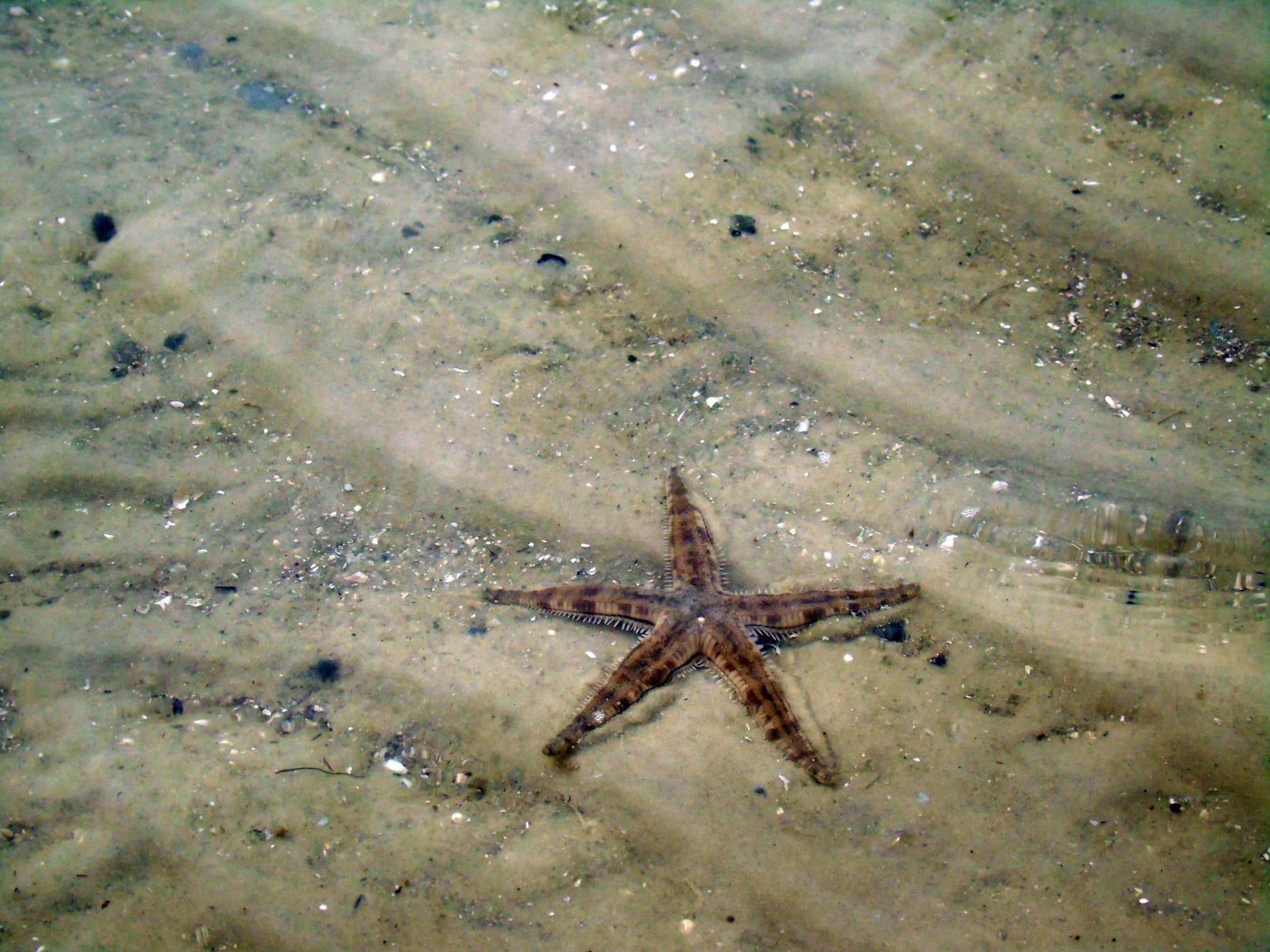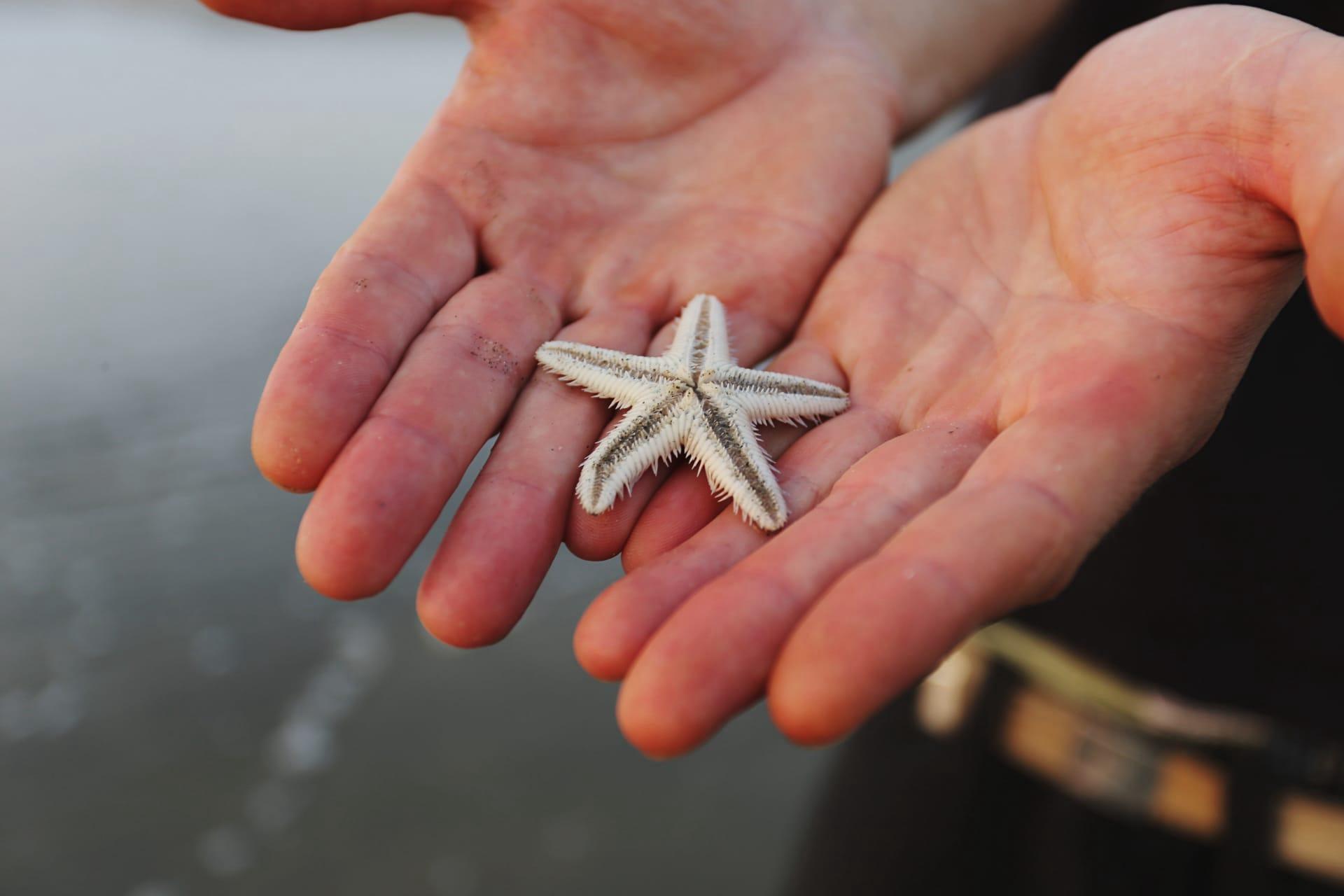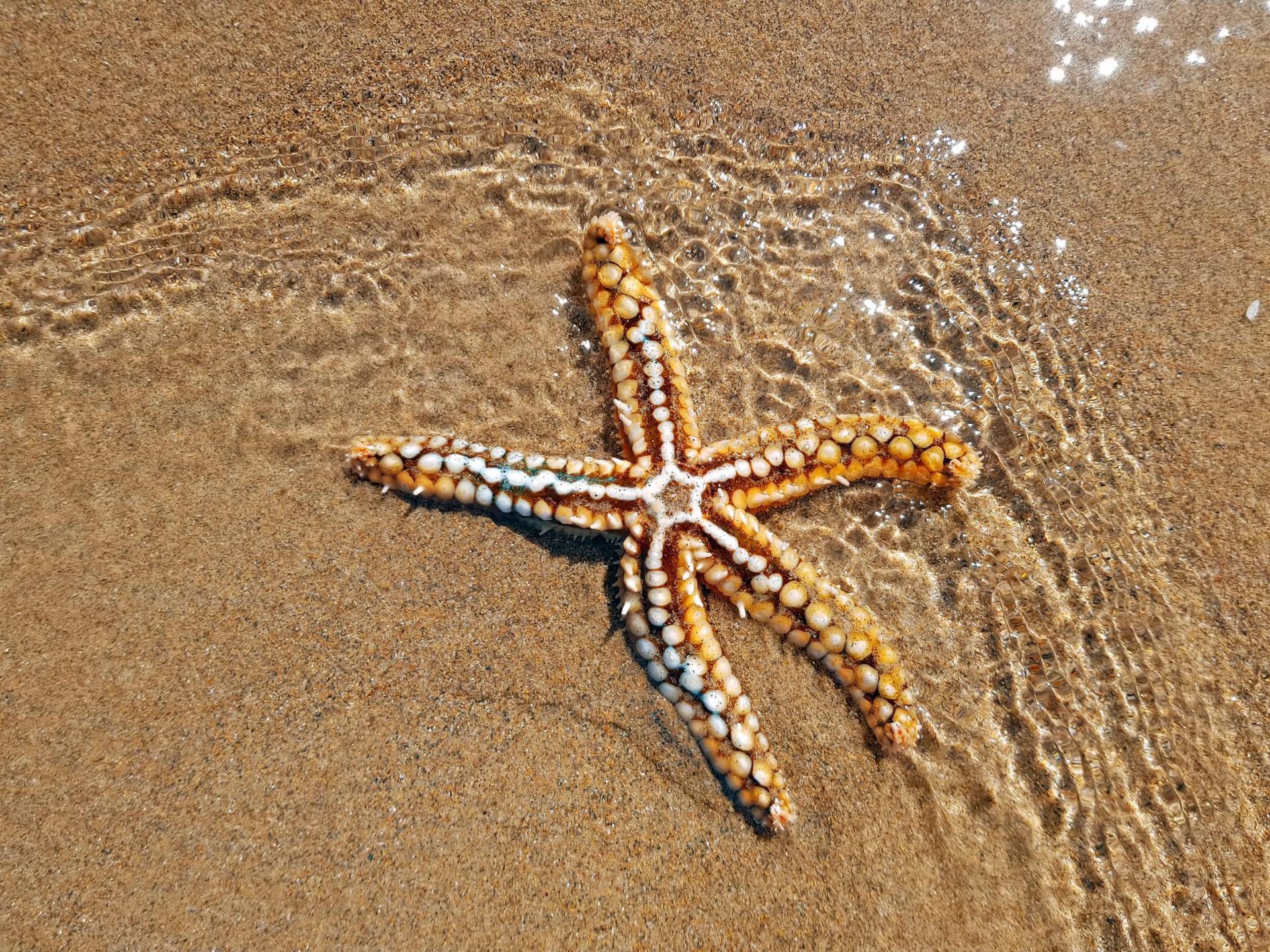1
Starfish, or sea stars, are not fish at all but are echinoderms, closely related to sea urchins and sand dollars. With around 2,000 species scattered across the world's oceans, these creatures are incredibly diverse. They can vary in size from less than an inch to over a foot in diameter, with the Sunflower sea star being one of the largest, boasting an arm span of up to 3 feet (91 cm) across. Their colors can be just as varied, with hues ranging from deep reds and blues to bright oranges and yellows, making them one of the ocean's most colorful inhabitants.
One of the most fascinating aspects of starfish is their ability to regenerate lost arms. This isn't just a simple party trick; it's a vital survival strategy. A starfish can regrow an entire limb, and in some cases, an entirely new starfish can grow from a single severed limb. This process can take anywhere from several months to years, depending on the species and environmental conditions. The regenerative power of starfish is so potent that researchers are studying it to unlock potential applications in medicine, particularly in regenerative therapies for humans.

2
Starfish have a unique way of eating that might sound like something out of a science fiction movie. They can eject their stomachs out of their bodies to envelop and digest their food outside of their bodies, essentially turning their stomachs inside out. This ability allows them to consume prey much larger than their mouths would normally permit. For example, when feeding on a mussel, a starfish will use its tiny, powerful tube feet to pry open the mussel's shell just enough to insert its stomach into the shell to digest the soft insides.
Despite their serene and almost decorative appearance, starfish are voracious predators. They primarily feed on mollusks, including clams, oysters, and mussels, which they open with their strong arms and tube feet. In some regions, starfish are considered pests by shellfish farmers because of their appetite for these commercially valuable species. Their feeding habits play a significant role in controlling the population of their prey, thus maintaining the ecological balance within their marine environments.

3
Starfish move using hundreds of tiny tube feet located on their undersides. These tube feet are part of a complex hydraulic system that allows the starfish to grip onto surfaces, move, and even manipulate objects. Each tube foot operates independently, allowing for precise movements and strong adherence to rocks and other substrates. This system is so effective that starfish can withstand strong currents and remain attached to surfaces even in turbulent waters.
The sensory world of starfish is quite alien to us. Lacking a centralized brain, they possess a nerve ring that circles their mouth and radial nerves extending down each arm. Remarkably, starfish have eyespots at the tips of their arms, one on each. These eyespots are not capable of detailed vision but can detect light and dark, helping the starfish navigate and find food. This decentralized sensory and nervous system allows starfish to coordinate their movements and feeding behavior effectively, despite their seemingly simple structure.

4
Starfish play a crucial role in marine ecosystems as both predator and prey. They are integral to the concept of keystone species, a term coined by ecologist Robert Paine in the 1960s after observing that removing starfish from an environment led to a significant increase in mussel population, which in turn decreased the biodiversity of the area. This illustrates how starfish help maintain the balance of marine ecosystems by controlling the population of their prey, which might otherwise dominate the marine landscape and reduce species diversity.
Starfish reproduction can be as unusual as their diet and movement. Many species of starfish are capable of both sexual and asexual reproduction. In sexual reproduction, they release sperm and eggs into the water, where fertilization occurs externally. However, some species can reproduce asexually by a process known as fission, where the starfish splits into two parts, each of which regenerates the missing half. This method of reproduction, combined with their ability to regenerate lost limbs, contributes to the resilience and longevity of starfish populations in the wild.

5
The lifespan of a starfish can vary widely among species, with some living only a few years while others can live up to 35 years in the wild. Factors such as habitat, predation, disease, and food availability can significantly influence their lifespan. Long-lived species tend to inhabit deeper waters, where conditions are more stable and threats from predators are minimized.
Starfish have a unique circulatory system that relies not on blood but on seawater to transport nutrients and oxygen throughout their bodies. This system, known as the water vascular system, not only facilitates movement through their tube feet but also serves as a means to circulate essential substances. The seawater is drawn into the starfish's body through a structure called the madreporite, acting as a gateway for the water vascular system, highlighting the starfish's intricate adaptation to its marine environment.